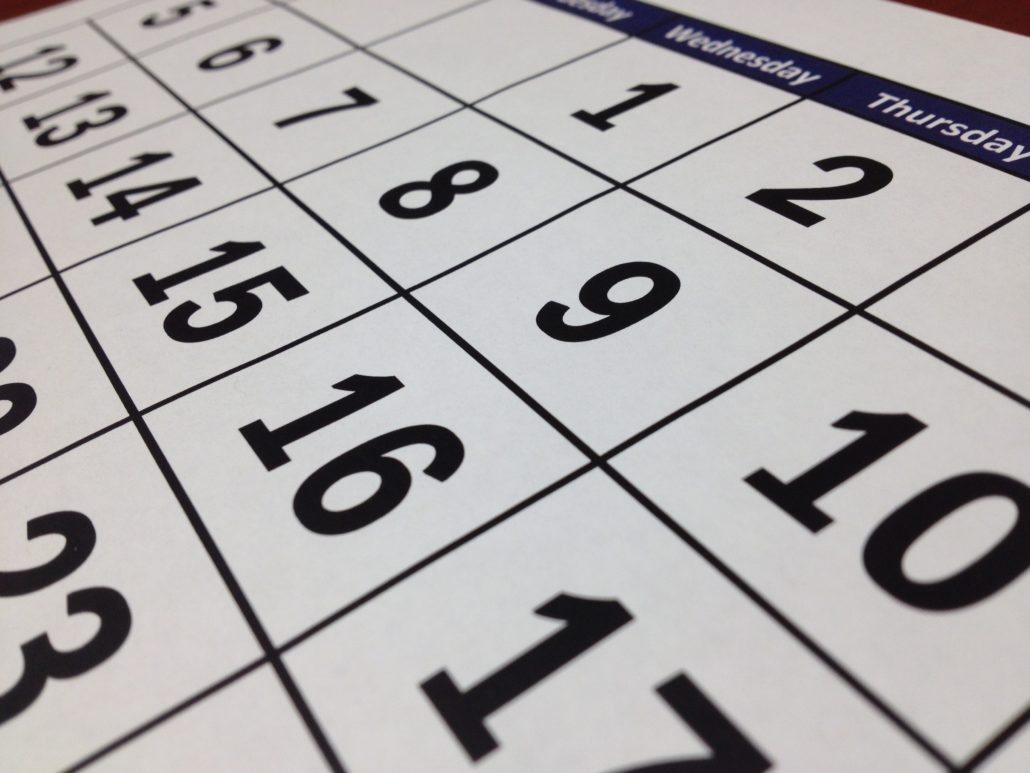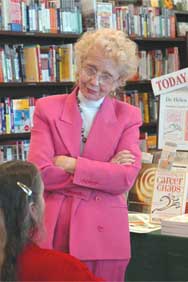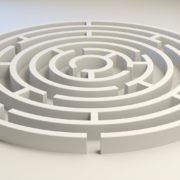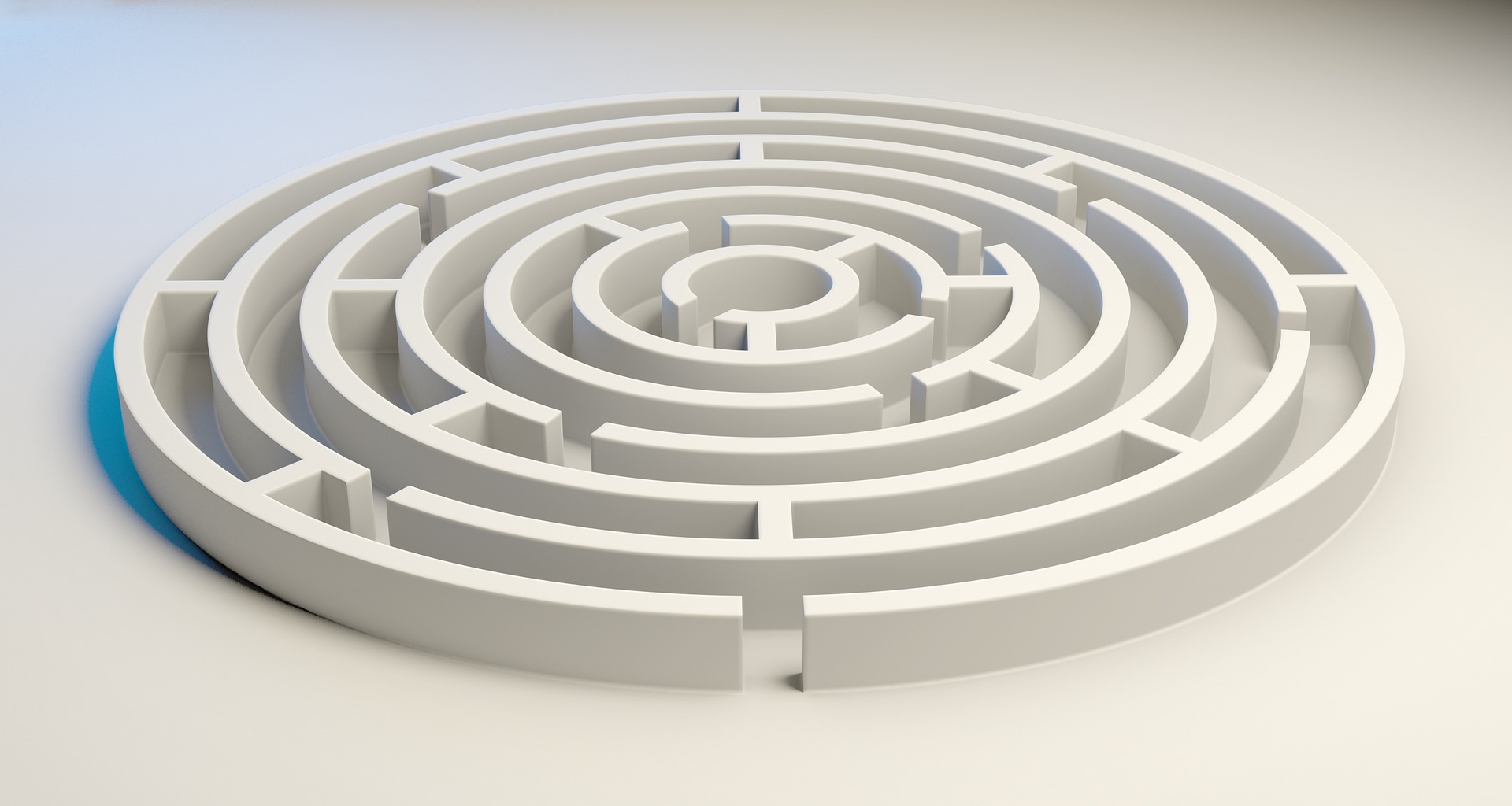A New Model for Aging: Subtract 20 Years From Your Chronological Age.

I pulled another book at random off my “A” shelf this week as I wait for Amazon to deliver my latest new book purchase. It turns out the book’s kind of an oldie, published in 1999. As I began my reread, I quickly realized why it was on the “A” shelf even with that publication date. It sat ignored since my first reading in 2013.
It’s worth a second read for me, chock full of timeless wisdom and still-current advice on making something of the second-half of life.
It’s entitled “Don’t Stop the Career Clock: Rejecting the Myths of Aging for a New Way to Work in the 21st Century” and the author is Helen Harkness, founder and CEO of an executive coaching company in Dallas called Career Design Associates.

I recall placing a call to Helen after reading her three books because I was so impressed with the process she had developed to help executives successfully find their “capstone career” in their second half.
I believe Helen was 81 or 82 when I spoke with her in 2013.
She’s still at it.
Do the math.
Shouldn’t she be doing something other than – gasp! – working?
Ms. Harkness, as you might expect, has some strong feelings about attitudes toward aging. In the late-1990’s, she was at the front of the parade calling for us to “break the mindset that chronological age, the age on your birth certificate, is your real age.”
Twenty-plus years ago, she took to task our bent toward using the calendar to determine our age, saying:
“In contemporary urban society, we have the notion that a precise chronological age marks the transition from one stage of life to another, which is highly questionable. Today, the chronological ages of twenty-one and sixty-five define the lower and the upper boundaries of participation in the adult world, as well as the cultural definition of full humanity. Unfortunately, as it is today, those over sixty-five have no defined active roles in our society. So what are we to do with our highly extended long life.”
“This is an outdated but strongly established system that maintains tight control over our destiny. Yet there is absolutely no expert on aging today who holds that chronological age is a preferred or valid way to determe our actual age.”
Ahead of her time, Harkness was suggesting then that, with our advances in nutrition, fitness, medical services, and scientific breakthroughs, we should expect mid-life to start at sixty, not forty.
We’re still stuck – –
-with a chronological mindset. We’re trending away from it but at a snail’s pace.
Because of our “- social and cultural expectations, we program ourselves to begin to fall apart at a certain designated age, and we oblige.”
We are still dogged by this irrational concept of full-stop retirement as something obligatory and entitled, refusing to acknowledge that the chronological component of age 65 spawned 85 years ago wasn’t relevant then and is totally irrelevant today. And, history is showing us that this outdated concept can put us at the top of a downward slope and accelerate the slide.
Yet, it persists.
Can we perhaps admit that with our average lifespan now beginning to recede and the average American living with over 10 years of multiple, debilitating chronic illnesses that it’s well past time to consider a new “aging model?”
What if – –
-you subtracted 20 years from your current chronological age? Knowing what you know about yourself and the world around you, what would you do? Harkness suggests that if you know what you would do, then go do it now, adding: “Move on with your life. Take action. Forget who or what you are supposed to be because you are a certain chronological age.”
I believe it was Satchel Paige, Major and Negro League Baseball pitcher, who asked: “How old would you be if you didn’t know how old you are?
Many of us remain frozen in our thinking about what we want this extended period of lifespan to look like without realizing that our chronological age is unconsciously and automatically blocking our thinking about our future.
Harkness goes further to say (bolding is mine):
“We grow old, not by living a certain number of chronological years, but by becoming idle in mind, body, and purpose. We decline and decay by abandoning our flexibility, our ideals, our talents, our life’s mission, and our involvement in our community. We grow old and retire by buying into society’s story that we can be surplussed, junked, and discarded. The most deadly assumptions related to aging are that retirement and old age are directly connected to the chronological age of sixty-five, that mental decline begins at age twenty-one, and that senility is inevitable if we live a long time.”
What do we have left if we abandon our chronological age?
Functional age, which Harkness describes as combining and integrating biological, social, and psychological measures into one active package and the answer to shaking ourselves loose from our fear of aging.
Next time someone asks you your age, ask them “Do you want my functional or chronological?” I assure you, it gets some interesting responses.
The “live long, die fast” model for aging:
You may know by now that I’m an advocate for all of us “dying young, as late as possible.” Harkness calls it “living long and dying fast” and she created her own aging model.
I’m adopting it.
Here it is:
- Young adulthood: 20-40
- First midlife: 40-60
- Second midlife: 60-80
- Young old: 80-90
- Elderly: 90 and above
- Old-old: 2-3 years to live
At 78, I like the sound and feel of still being in my second mid-life. It feels right since I’m finding a surprising reserve in the old gas tank.
I also like the brevity of the “old-old and 2-3 years to live” except that I favor 2-3 minutes instead of years.
I still envision going face down in a trout stream having just fooled a 20″ rainbow. At somewhere around 110.
I may have to rent a walker one of these days and see how it would work in a river.
Does this aging model resonate? What are your thoughts? Leave a comment below or email me at www.makeagingwork.com.
Stay safe. We’re getting our vaccinations tonite at 7:30! Yay – maybe a taste of normalcy around the bend.










